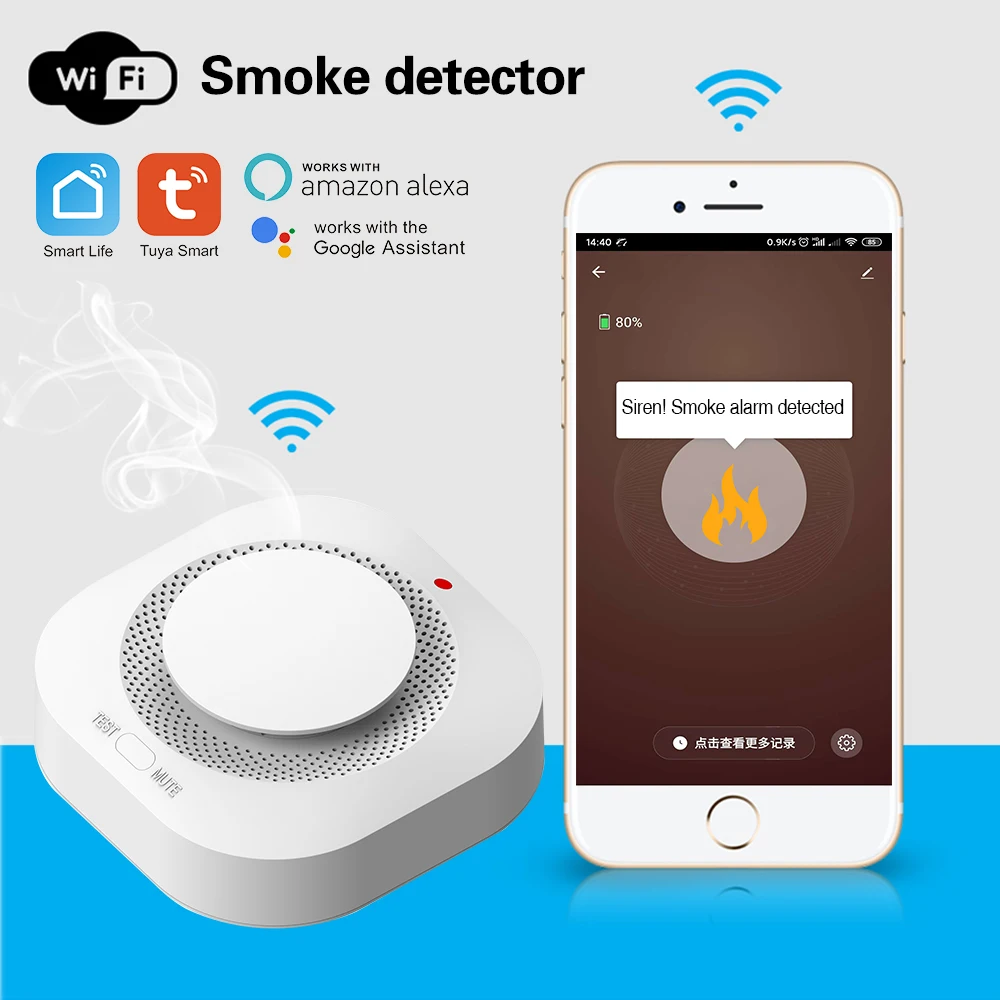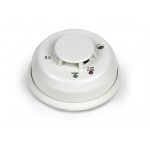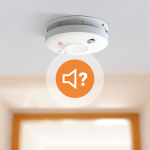Types of Smoke Alarms and Their Sensitivities
There are various smoke alarms, each with different sensitivities to vapor. The ionization type is most sensitive to aerosols. It detects fine particles. Photoelectric types spot larger smoke particles. These may or may not respond to vape clouds. Lastly, dual-sensor alarms combine both methods. Vaping could trigger them. Heat alarms detect temperature spikes. They rarely go off due to vaping. Knowing your alarm type helps avoid accidental triggers while vaping indoors.
The Science Behind Smoke Detectors and Vape Aerosol
Smoke detectors sense smoke through two main elements: particles and light disruption. Ionization alarms detect fine smoke particles that interrupt an electrical current. Photoelectric alarms use a light beam that, when broken by smoke, triggers the alarm. Vape aerosol consists of fine droplets from e-liquids. These droplets can resemble smoke particles. Vaping can sometimes cause alarms to activate, especially if the vapor is dense.
High-density vapor clouds, like those from sub-ohm devices, may trip alarms by interrupting the detection mechanisms. However, many smoke detectors are more responsive to smoke than vapor. The likelihood of setting off an alarm while vaping depends on the device, aerosol density, and alarm type. Understanding how smoke detectors work helps vapers avoid triggering them indoors.
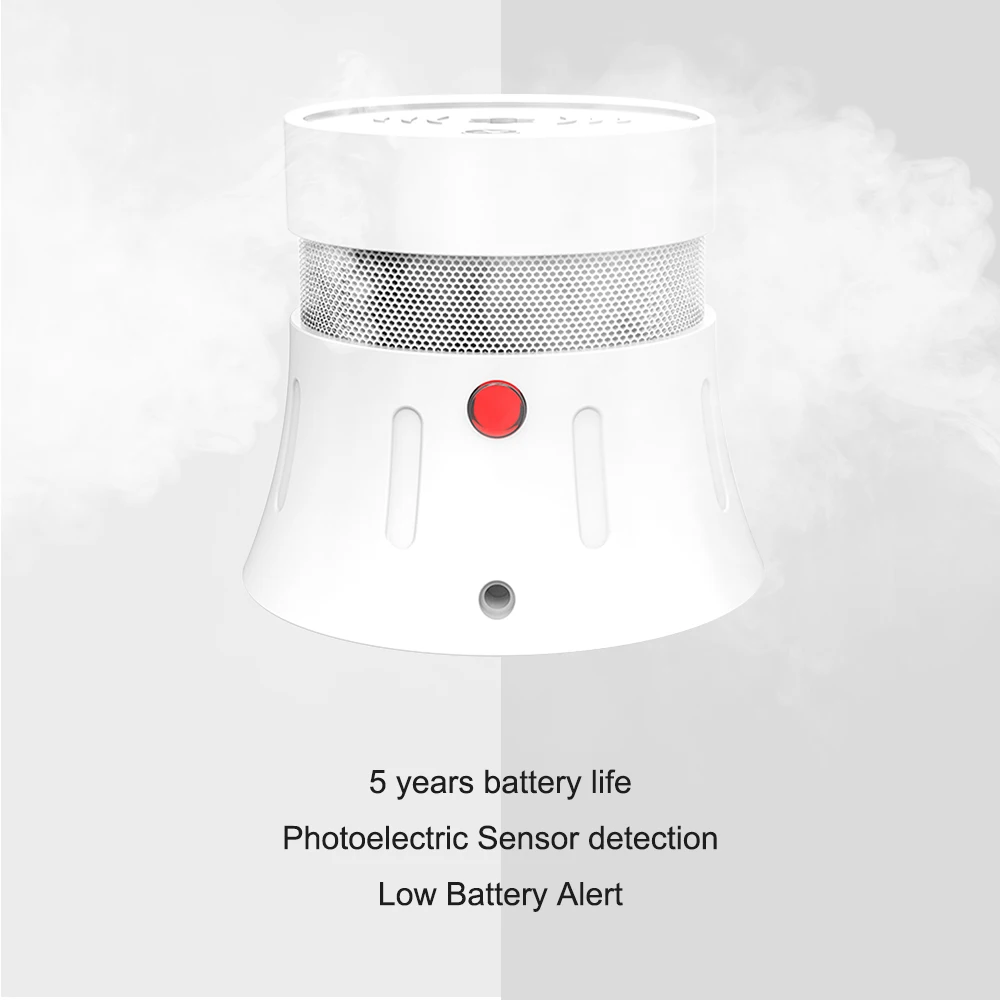
Factors Influencing Smoke Alarm Activation by Vape
Several factors can lead to smoke alarms being activated by vape aerosol.
- Type of Smoke Detector: Ionization smoke alarms are highly sensitive and can be easily triggered by vaping. Photoelectric smoke alarms are less sensitive to e-cigarette vapor and dual-sensor alarms combine both technologies, increasing sensitivity.
- Aerosol Density: Dense vape clouds can mimic the fine particles smoke alarms detect. Sub-ohm devices that produce high-density vapors may more likely cause triggers.
- Alarm Placement: Alarms placed near areas with heavy vapor concentration, such as where people often vape, could be more prone to activation.
- Ventilation: Poorly ventilated rooms may make vapor linger, increasing the chance of alarm activation. Proper ventilation helps disperse vapor quickly, reducing this risk.
- Battery Level: A low battery in a smoke detector can cause it to be more sensitive to particles, which might include vape aerosol.
- Ambient Humidity and Temperature: High humidity and temperature changes can affect smoke alarms, potentially making them more sensitive to vapor.
- Quality of the Vape Device: Devices that regulate vapor production well are less likely to set off alarms compared to those that produce large amounts of vapor.
- Alarm’s Age and Maintenance: Older alarms or those not regularly maintained may respond differently to vapor compared to new or well-maintained ones.
By considering these factors, vapers can adjust their habits and settings to minimize the likelihood of accidentally setting off smoke alarms.
Vaping Techniques to Reduce the Risk of Triggering Smoke Alarms
When vaping indoors, the goal is to enjoy your session without setting off alarms. Here are practical techniques to minimize the risk:
- Use Low-Powered Devices: Choose vape pens or pods that produce less vapor. This can reduce the risk of setting off an alarm.
- Adjust Settings: Lower your device’s wattage or temperature. This results in less vapor production.
- Opt for Higher PG E-Liquids: E-liquids with a higher PG ratio produce less vapor than VG-heavy ones. This can help avoid triggering alarms.
- Ventilate the Area: Vape near an open window or use a fan to disperse the vapor rapidly.
- Direct Vapor Downward: Blow vapor toward the floor rather than upwards where smoke detectors are often placed.
- Keep Distance from Alarms: Vape away from smoke detectors to prevent vapor from reaching them.
- Mindful Exhalations: Take smaller puffs and exhale slowly to produce less visible vapor.
By following these simple techniques, you can enjoy vaping indoors with less worry about smoke alarms.
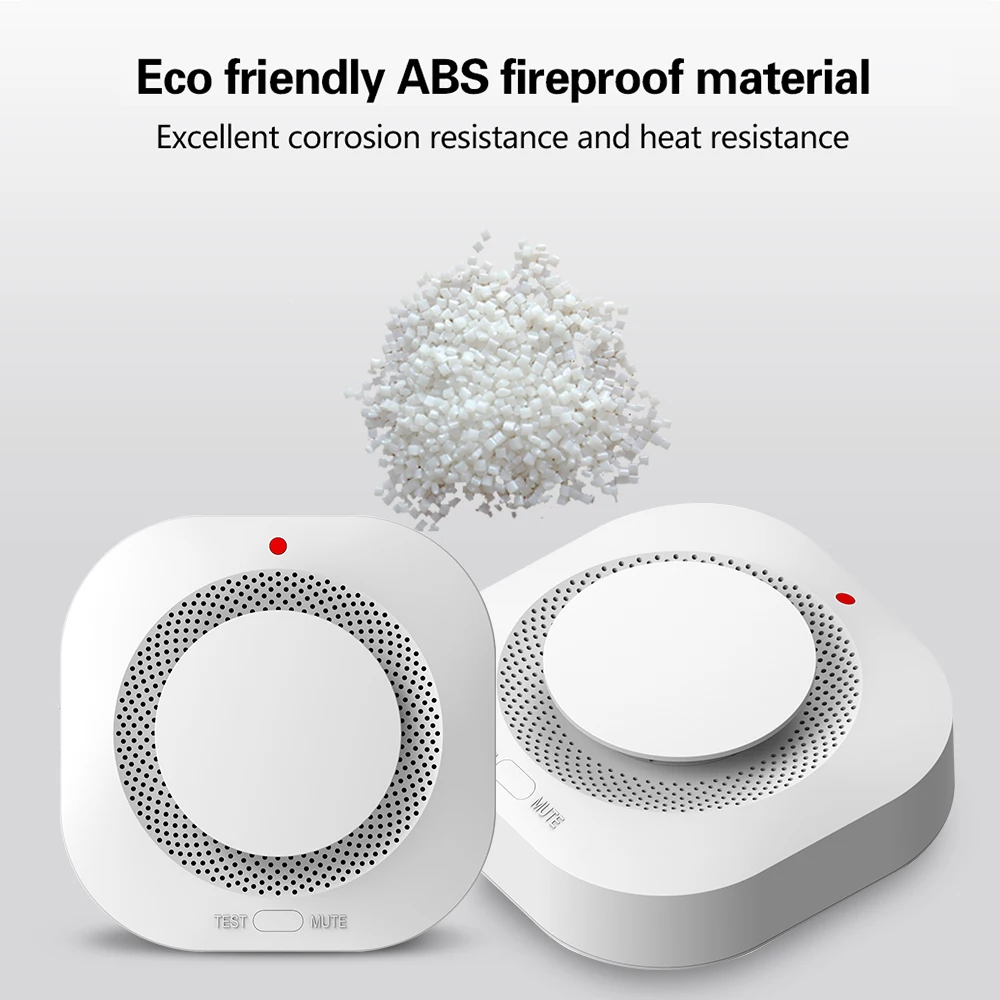
Tips for Vaping in Public Spaces and Hotel Rooms
When vaping in public spaces or hotel rooms, you must be cautious not to trigger smoke alarms. Here are some tips to help you vape without causing any issues:
- Check Policies: Always check the vaping rules of a public space or hotel first.
- Designated Areas: Use marked vaping areas if available.
- Stealthy Devices: Opt for small vape pens or pods that produce less vapor.
- Ventilate: Vape near open windows to keep vapor away from alarms.
- Silent Puffs: Take small, quiet puffs to reduce vapor production.
- Dispose Properly: Never leave used vape products in public areas.
- Respect Others: Be mindful of people around you who may not enjoy vaping.
By following these guidelines, you can enjoy vaping while respecting the rules and comfort of others.
Vape Detector Technologies and How They Function
With advancing technology, detecting vape aerosol has become more efficient through vape detector technologies. These detectors perform much like traditional smoke alarms but are specifically calibrated to sense chemicals associated with vaping.
Understanding Vape Detectors
Vape detectors are engineered to be highly sensitive to the specific components found in e-cigarette vapor. Operating on a different principle than typical smoke alarms, these detectors use advanced sensors that can distinguish between smoke and vape particles. This distinction is crucial in environments like schools and workplaces where vaping is not allowed.
Functioning of Vape Detectors
The devices are equipped with sensors that react to the presence of nicotine or other substances common in e-liquids. When vapor is exhaled and comes into contact with these sensors, the detectors analyze the chemical composition. If it matches known vaping signatures, the device sends an alert or triggers an alarm without the loud noise associated with fire alarms.
The Implementation of Vape Detectors
In recent years, vape detectors have started to be installed in various establishments to enforce anti-smoking policies. These are often hidden and silent, aiming to notify authorities rather than create a disturbance. Schools, hospitals, and other institutions have adopted this technology to maintain a smoke-free environment and deter indoor vaping.
The Impact on Vaping Habits
Vapers must be aware of these technologies, as unknowingly setting off a vape detector can lead to consequences, especially where vaping is not permitted. This awareness helps individuals make informed decisions about when and where to vape, thereby avoiding potential issues with vaping in restricted areas.
To ensure worry-free indoor vaping, it’s essential to familiarize oneself with the policies of the venue you’re in and respect non-vaping zones. Utilizing discrete vaping practices can also help minimize the risk of detection.

Alternative Solutions for Nicotine Intake in Smoke-Free Areas
When you’re in smoke-free zones, you may still crave nicotine. Here are some alternatives to vaping:
- Nicotine Patches: Stick-on patches release nicotine slowly. They’re discreet and need no vaping.
- Nicotine Gum: Chewing gum-delivered nicotine is quick and convenient. Use it anywhere without alarms.
- Nicotine Lozenges: Dissolve these in your mouth for a fast nicotine fix. No vapor involved.
- Nicotine Inhalers: These mimic the hand-to-mouth action of vaping but release far less vapor.
- Nicotine Mouth Sprays: Spray directly in the mouth for rapid nicotine absorption, no vaping required.
- Nicotine Pouches: Tuck a pouch between your gum and lip. Nicotine seeps out, and there’s no scent.
- Chewing Tobacco: While not smoke-free, it’s an option for nicotine without vapor. Use carefully.
These methods give you nicotine without setting off alarms or producing vapor. They fit well in smoke-free areas and help manage cravings responsibly.
Final Recommendations for Worry-Free Indoor Vaping
To vape indoors without setting off smoke alarms, follow these pointers:
- Vape with Care: Know the area’s rules. Avoid prohibited spaces.
- Choose Right Devices: Use low-vapor devices like pods or vape pens.
- Check the Smoke Alarm Type: Identify the alarm to gauge if it’s sensitive to vapor.
- Manage Vapor Production: Use high-PG e-liquids and low power settings. This lessens vapor.
- Be Mindful of Your Environment: Vent areas well. Keep windows open when possible.
- Stay Informed: Be aware of vape detector tech. Respect their presence.
- Try Alternatives: In smoke-free zones, consider nicotine patches, gums, or pouches.
By applying these recommendations, you can enjoy vaping indoors safely, with less worry about smoke alarms going off.
